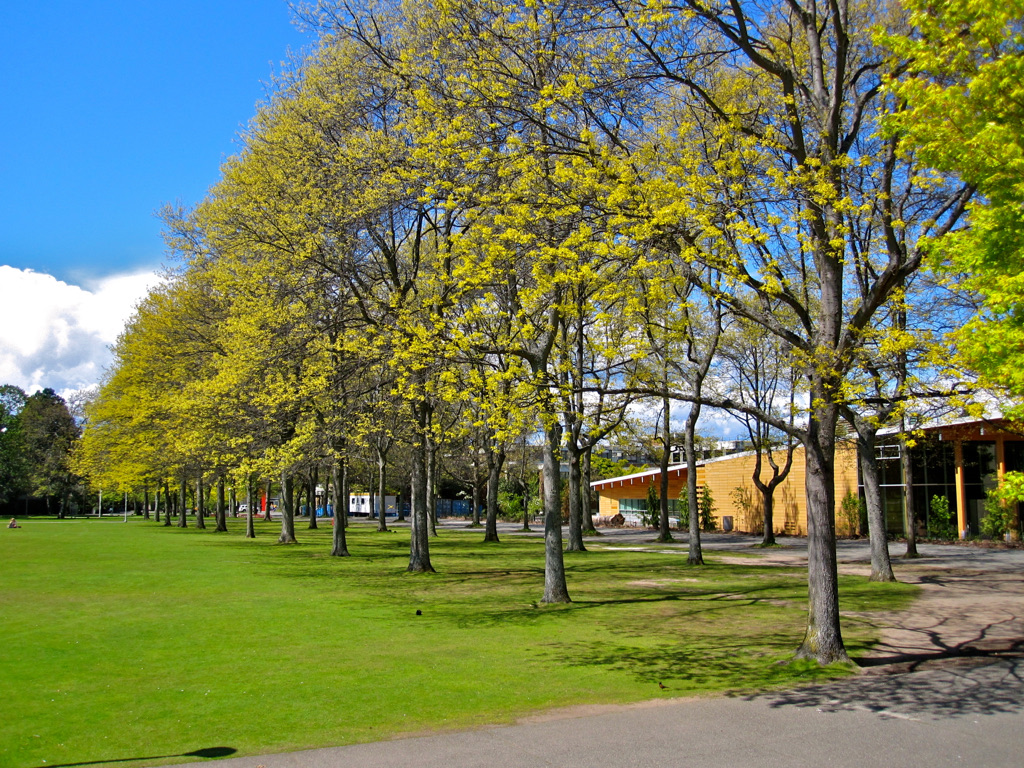For our group’s learning resources, we have decided to insert a video to explain our original intention and help students better understand the causes of climate change. We plan to insert some questions in the video that can stimulate students’ thinking. At the same time, we need to highlight some professional terms and add some prompt boxes in the video to explain these professional terms, helping students better understand the pros and cons of climate change. Our learners have no limitations, but they need to have a basic understanding of what climate change means and what global warming is. For those with limited vocabulary or second language learners, professional terminology can be difficult for them, and we also need to use simple words as much as possible to explain and explain in terms of vocabulary.

For some special groups, we need to provide some convenient measures to help them, such as providing visual disaster maps for illiterate groups and developing vibration alarm devices for hearing-impaired people. These measures can effectively protect their safety and be able to predict the arrival of danger in advance when they are alone at home. Inclusive design is not a cost, but a core investment in climate resilience. When a place can provide measures to provide safe earthquake or flood escape routes for people in wheelchairs; Similarly, it can also protect the future of everyone, a truly sustainable future that starts with ‘not abandoning anyone’.
Recent Comments